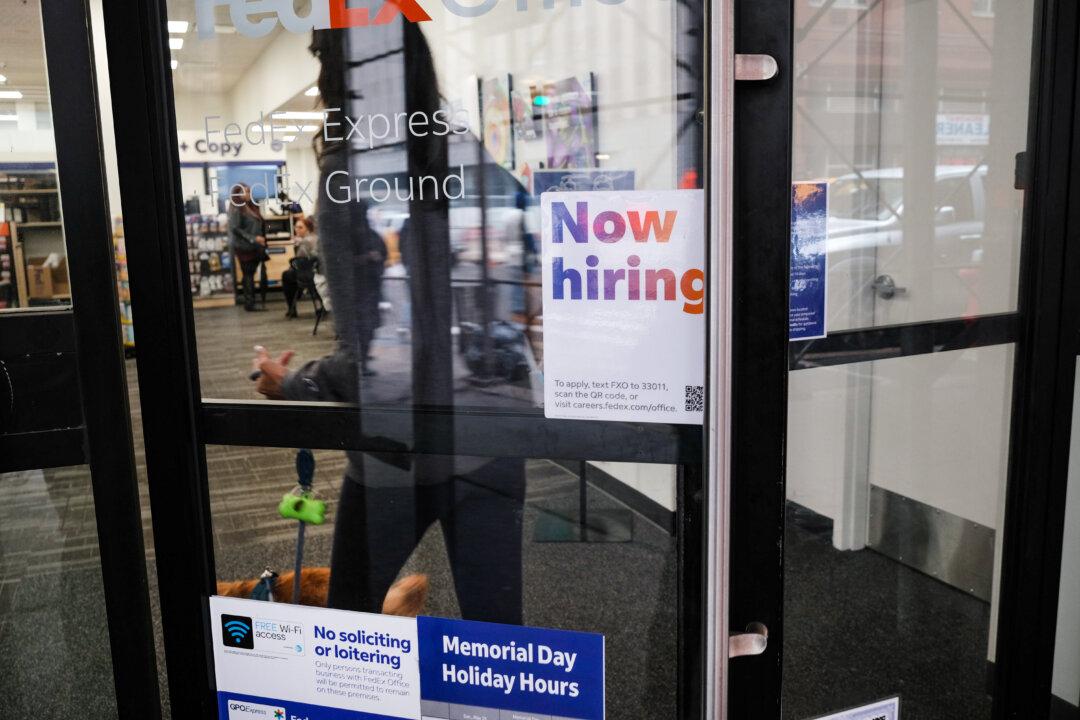The U.S. economy added 253,000 new jobs in April, up from a downwardly revised 165,000 in March, according to the Bureau of Labor Statistics (BLS). This was higher than the market estimate of 180,000.
Employment gains were revised down for February by 78,000 to 248,000 and changed downward for March by 71,000 to 165,000.





